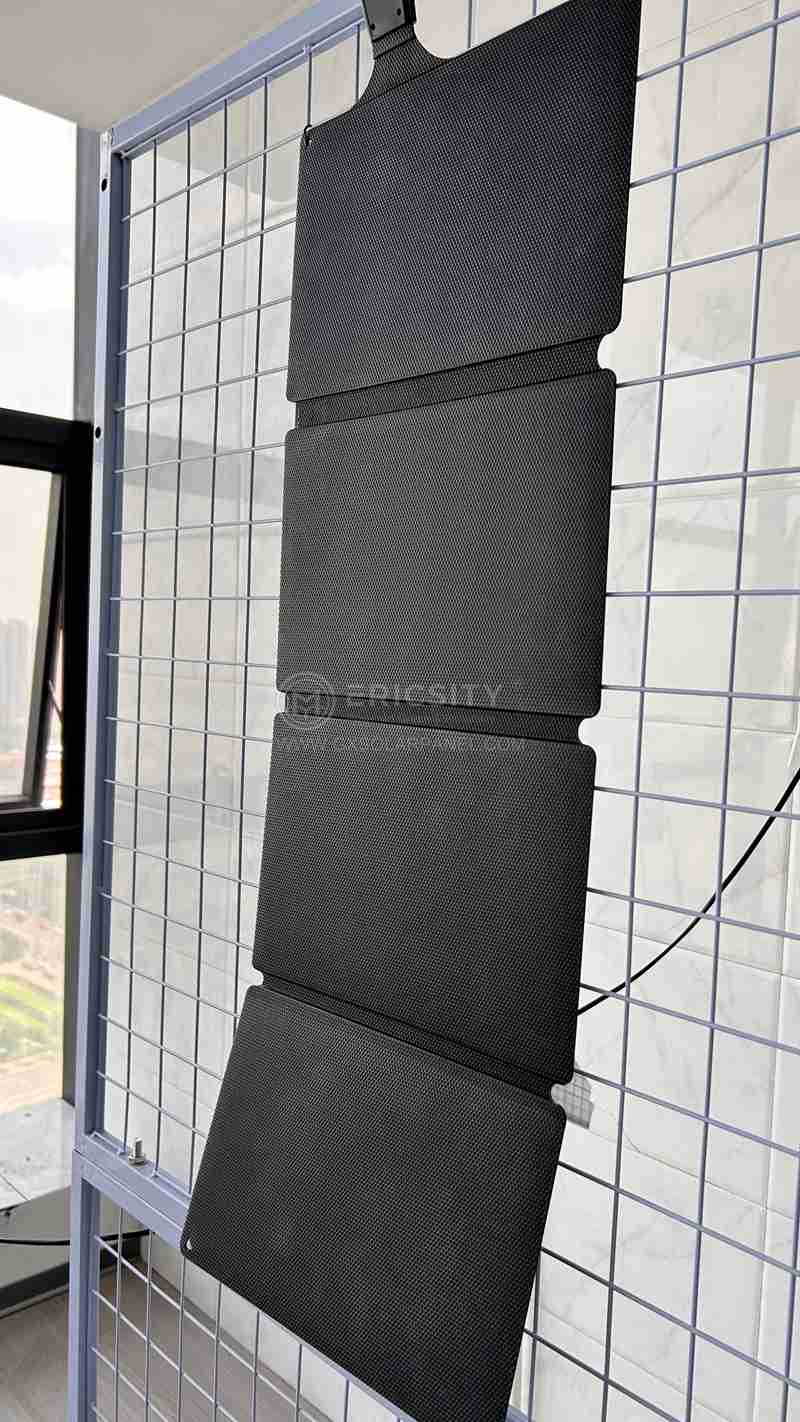HOT PRODUCT
Product Details
the Aesthetics Of Semi-flexible Solar Panels In Architecture
Title: The Aesthetics of Semi-Flexible Solar Panels in Architecture
Introduction:
In recent years, there has been a growing emphasis on integrating renewable energy sources into architectural design. Among the various options available, semi-flexible solar panels have gained significant popularity due to their unique aesthetic appeal and potential for seamless integration into building structures. This article explores the aesthetics of semi-flexible solar panels in architecture, highlighting their advantages, applications, and challenges.
1. The Concept of Semi-Flexible Solar Panels:
Semi-flexible solar panels are thin, lightweight, and bendable photovoltaic modules that offer a versatile and visually intriguing approach to incorporating solar energy into architecture. Made with a combination of lightweight materials such as polymers, these panels offer flexibility in design while being able to efficiently capture solar energy.

2. Advantages of Semi-Flexible Solar Panels in Architecture:
2.1. Seamlessness: Unlike traditional rigid solar panels, semi-flexible ones can be seamlessly integrated into building surfaces such as roofs, facades, or canopies, minimizing the visual impact of the solar system on the overall architectural design.
2.2. Versatile Design Possibilities: These panels can conform to various shapes, including curved or irregular surfaces, opening up endless possibilities for creative and aesthetically pleasing solar installations.
2.3. Lightweight and Thin Profile: The slim profile of these panels allows them to be easily mounted on both new and existing structures without significant additional structural support.
2.4. Translucent Variants: Some semi-flexible panels offer translucency, allowing natural light to filter through and creating visually stunning light patterns, particularly when used in shading devices or canopies.
3. Applications of Semi-Flexible Solar Panels in Architecture:
3.1. Residential Buildings: Semi-flexible solar panels can be used as roof materials, blending seamlessly with the overall design while enabling homeowners to generate their own renewable energy.
3.2. Commercial Buildings: These panels can be integrated into facades, adding a dynamic and sustainable touch to office buildings, shopping centers, or hotels.
3.3. Public Infrastructure: Applications include solar-powered bus shelters, walkways, or carports, enabling the generation of clean energy while providing functional and visually appealing structures.

4. Challenges and Considerations:
4.1. Efficiency and Power Generation: Due to their flexibility, semi-flexible solar panels may have lower energy conversion efficiency compared to traditional rigid panels. However, technological advancements are addressing this challenge, with increasing efficiency in the latest panel designs.
4.2. Durability and Longevity: Since these panels are more delicate compared to their rigid counterparts, special care must be taken during installation to ensure their long-term durability, resistance to weather elements, and protection from potential damage.
4.3. Cost: The initial cost of semi-flexible solar panels may be slightly higher than traditional panels. However, the long-term benefits, including savings on electricity bills and reduced environmental impact, outweigh the initial investment.
Conclusion:
The aesthetics of semi-flexible solar panels offer architects and designers innovative ways to incorporate renewable energy solutions into building designs. The blend of functionality, flexibility, and versatility allows for seamless integration and creative possibilities, transforming buildings and urban areas into striking, eco-friendly spaces. While challenges exist, ongoing advancements in technology will likely overcome these obstacles, thus further enhancing the potential and appeal of semi-flexible solar panels in architecture.




